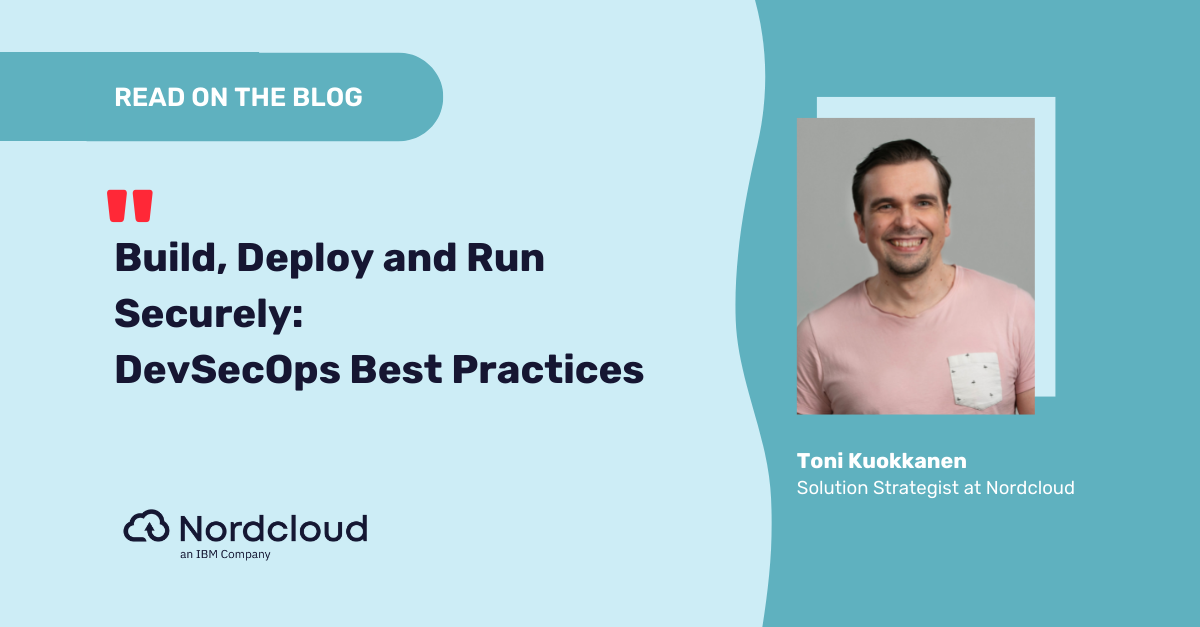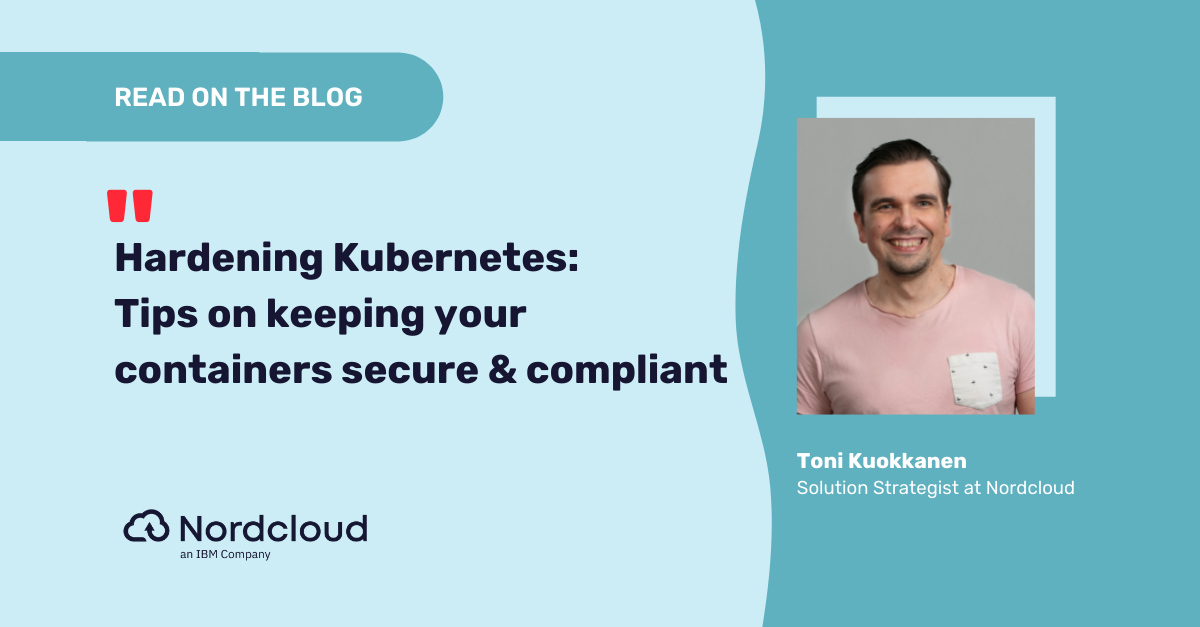
Realising the Potential:
How to turn DevOops into DevOps
How to turn Dev-Oops into DevOps
We’ve talked a lot about DevOps and what benefits it could bring to you and your company. But, while many like to talk about how DevOps will save stumbling teams and immediately cut bloated development costs, there are no shortcuts to realising this potential.
Sure, it’s true that by implementing those practices in the “right” way you will reap the rewards, but it’s not something that can just be dictated by a few spreadsheets. Only focusing on the costs of driving DevOps models will lead you down the wrong path towards Dev-Oops. And it’s hard and expensive to get back on track once things have been running for a year to two.
Half-baked DevOps won’t work
The most common mistake is that the organisation doesn’t actually have the courage to go full-whack DevOps. Instead, they adopt a half-baked version. For example, they still keep some of the old waterfall models, which causes everything to be super messy and cumbersome, causing extra costs and leaving developers and end users frustrated.
People are the key
It’s easy to fix in theory, just ditch the old models and adapt full DevOps. But this needs a proper look at the people and their behaviours. DevOps is not just tools and processes - it drills deeper into the people side, and how they like to work and organise tasks.
So, to fix this mess we need to map how people work and understand the things they’re doing during development phases that are blocking efficiencies and slowing speed to market.
Understand how your teams work
DevOps is mostly about how teams and people interact. Breaking down silos and enabling effortless collaboration should be the focus. People are the real driving force here and once you get your people onboard you will see actual changes.
Tools and infrastructure are a piece of cake after that. Yes, there’s work to do in building these, but if you don’t have your teams on-board, it’s basically impossible to adopt DevOps on any level.
Automate to accelerate
Automation is something that’s also at the core of DevOps and this is where the next pitfall is. Organisations often underestimate the work needed to automate an infrastructure build, and leave some parts to be managed manually. This leads to delays and human error.
There are no quick fixes here. Hire the right people with the right skillset to build the automation for your environment - then you can start really reaping the benefits. Also, when automation is not implemented from day one, there’s always the catch-up with the actual running of resources and what is described with code. There’s no quick and easy route here either. It needs to be done right, but you’ll see the benefits soon enough.
Don’t forget security
Those are the two biggest problems we tend to see. But another thing to bear in mind - there’s always a lack of security involvement when driving DevOps into organisations and the mishaps and potential problems this might cause. My advice is to involve security teams in the process at the earliest possible stage and this should make things easier to resolve.
If security has been totally forgotten (which is not uncommon), you really should take a deep dive into the current processes and infrastructure, then build a plan to rectify the possible problems that might arise.
DevOps? It’s a culture
In short - cultural change is key. Followed by automation. For IT folks, this non-techie stuff is often harder to master, but sooner or later organisations need to understand that people and talent are the real assets. Investing and listening to them is a sure way to reap rewards.
Would you like to help businesses streamline their ways of working? Check out our open career opportunities here.
Get in Touch.
Let’s discuss how we can help with your cloud journey. Our experts are standing by to talk about your migration, modernisation, development and skills challenges.




